I have written previously about the background of Opheem. What was new since my previous visit is the presence of Tony Parkin as head chef. Tony was previously at The Cliff House in County Waterford, and before that at The Tudor Room. (Editor's note: Tony left a few weeks after my visit) There is an open kitchen on view from the dining room, and today there were a dozen chefs cooking for the fifty-odd diners. I came here almost exactly a year ago, when the tasting menu was £155, but this has now risen to £175. A shorter tasting menu was also available at £135.
You begin the meal with snacks in the lounge, where there is a small kitchen area on view where the initial canapés are assembled. As you sit down there was a little bottle of cucumber, apple and chilli juice, and then a sequence of canapés is delivered. The first was a turnip emulsion with chilli broth and coriander oil topped with smoked herring roe, which sounds a little odd but worked well, and had quite a lively kick of chilli. Next was a little mango tuile with lettuce gel and mango chutney, along with fermented chilli flowers. The tuile was delicate, and the chilli flowers were an unusual and interesting way to add a bit of bite to the sweetness of the mango. An apple macaron came with a date and onion chutney, spiced beef tartare, and duck liver parfait, finished with nasturtium leaves. This, for me, was the best of the canapés to that point, the chutney nicely balancing the richness of the liver. Even better were crumpets of curried crab with kohlrabi and burnt lemon gel, which had the gentle spices lifting the sweet flavour of the crab, all with the comforting crumpet giving an extra texture. Finally, there was a pot containing cured sea bass with moulded wild rice along with pickled mouli, ginger gel and deep-fried curry leaves and mango sauce. The curry leaves had lovely flavour and the wild rice brought a contrasting texture, with just enough gentle bite of chilli (canapés 16/20 average). At this point, diners move into the main dining room for the rest of the meal.
Hogget (one to two year old lamb) belly was slow-cooked and smoked, then marinated with dates, sultanas and yoghurt, served with pickled shallots and fresh mint. The vinegar from the pickled shallot was a welcome contrast to the inherent fattiness of the hogget belly (15/20). A vegetarian alternative was a very pleasant barbecued corn on the cob flavoured with chilli and lime.
Sand carrot from France was cooked over charcoal and served with a yoghurt and mint chutney, pickled carrot, black lentil tuile, a lentil pakora, shallots and a carrot sauce with carrot and coriander oil. The carrot had a remarkable flavour and was beautifully accented by the sauce, while the other elements provided some contrasting textures. This was a glorious dish; who knew that a carrot dish could be this good (easily 17/20).
Orkney hand-dived scallop was barbecued with vadouvan spice mix and finished with spiced prawn powder and XO sauce. There was also compressed apple, pickled mouli, toasted almonds and an almond korma with curry leaf oil. The scallop had good natural sweetness, the toasted almonds provided a contrasting texture, and the apple acidity balanced the scallop. This was a fine dish (17/20).
The next dish was a riff on the humble potato. Spiced potato croutons came with mango and tamarind chutney, tandoori pink fir potatoes with potato espuma, topped with potato pomme soufflé style with purple potato crisps. This was a really successful dish, the different textures of potato contrasting nicely, all enlivened with spices and a well-judged kick of chilli (17/20). This was a fine example of how it is possible to make a cheap, humble ingredient taste great if you apply enough imagination and skill. I am always impressed with kitchens that can make cheap ingredients really shine.
At this stage, there was a palate cleanser of mango sorbet in white chocolate with finger limes, mango gel and lemon balm. This was pleasant enough but for me a palate cleanser should be refreshing, and there was not enough lime to really have that effect. This dish tasted more of white chocolate, which to me tasted rather out of kilter, a sort of early dessert that was out of sequence. Something like a lime sorbet would seem to fit the palate cleanser bill better than a dish of white chocolate (14/20).
Cornish monkfish had a mustard and yoghurt marinade, served with barbecued Wye Valley asparagus, spiced apple chutney, pickled grapes and a sauce of yoghurt, poppy seed and mustard seed based on an old Bengali curry recipe. The sauce was lovely and the monkfish was carefully cooked and avoided the cardboard texture it can easily get in less skilled kitchens than this. The asparagus was fine, though this is never going to compete well with top French asparagus e.g. from Vaucluse. This dish was fine, though I actually preferred the earlier vegetarian dishes, and would rather see more of this than using reasonable but hardly stellar ingredients like monkfish and merely decent asparagus, which are hard to make into something dazzling (15/20).
A bread course featured a laminated paratha reminiscent of a brioche, with coriander and a bowl of chollay (simmered chickpeas) with roasted vegetable bhajia, lamb pickle with brown onion and foamed lamb pate. This was finished with lamb shorba (soup) with spiced tomato broth. This all worked very well, the lively spicing of the shorba an excellent foil for the bread, which had very good texture (16/20).
French quail was marinated with cumin and pepper and was served with a morel stuffed with offal farce, along with peas and morel pilau. The quail had good flavour and the peas worked well, while the morel was in some ways the best element on the plate (15/20). A pescatarian alternative of cod (originally billed as wild bass) was poached with wild garlic and a sauce of coconut milk and raw mango and bak choi on a duxelle of mushrooms with cod cheek, which was rather dry. There was also spring squash purée, which was cold when served. The cod was properly cooked and the sauce was fine, but the accompaniments were rather less successful.
We now moved onto the dessert stage of the meal. Lemon sorbet came with confit lemon, fennel and black pepper crumble, fennel cream and bronze fennel, finished with fennel granita. This was pleasant enough, though I am not entirely convinced by fennel as a dessert element (14/20). A more conventional dessert was an “After Eight” with chocolate mousse, aerated chocolate, a feuilletine disc with pine ice cream and mint and coco nib soil. This was quite refreshing (15/20). Coffee was from Difference Coffee, with the Jamaican Blue Mountain priced at £7. Finally there were excellent caneles with a lovely crisp exterior and soft interior, and good orange and pistachio Madeleine, a bonbon of coconut mango and passion fruit, a lovely blood orange pate de fruit and a chai tea bonbon.
Service was really excellent, with the same knowledgeable Georgian sommelier (Stefan) who served us at our last visit. The bill came to £310.50 per person with wine to drink. You could eat for less if you went for the shorter tasting menu and ordered cheaper wine, but a bill for two would still come to at least £180. This is not a cheap evening, but the standard of cooking here is very high, with imaginative and precisely executed dishes.
Further reviews: 24th Apr 2024




























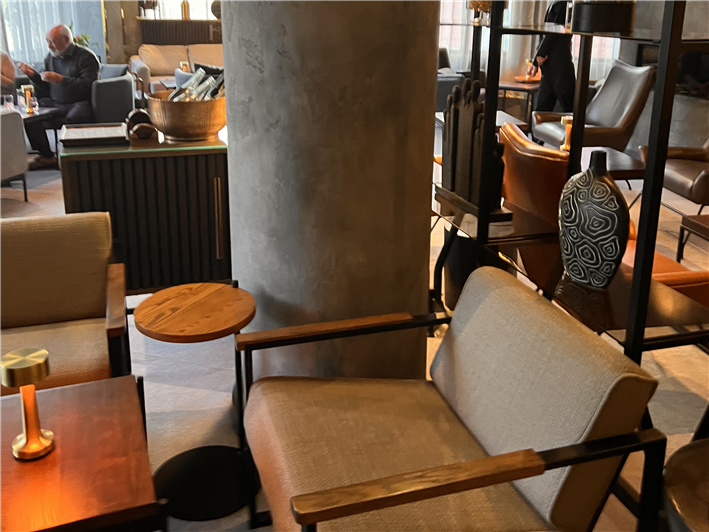


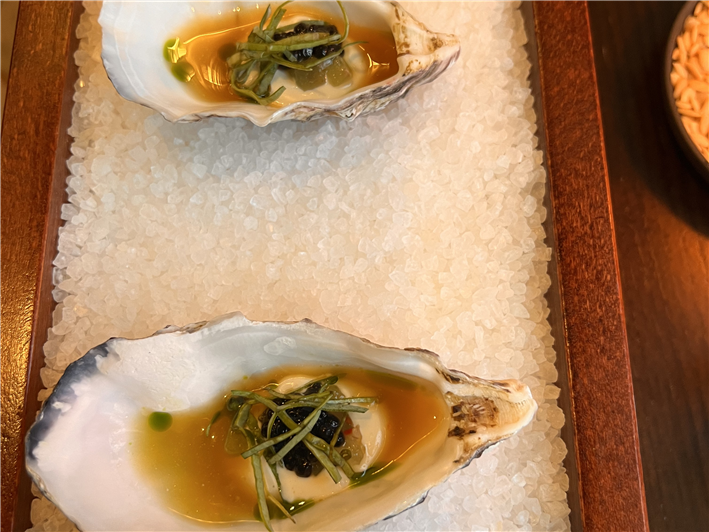
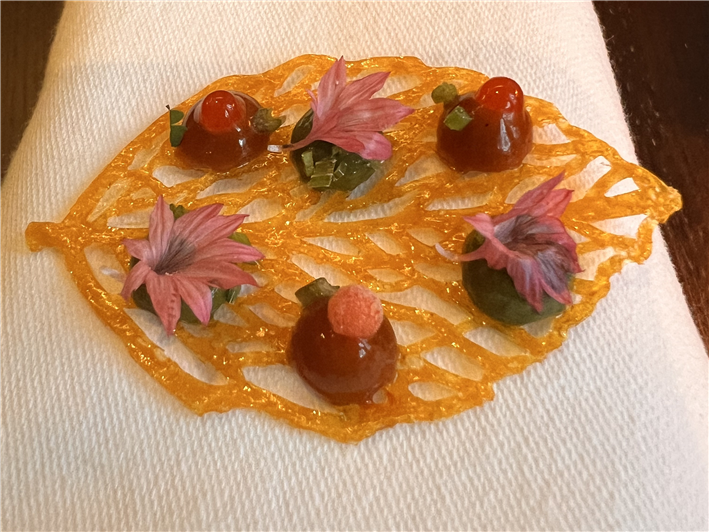
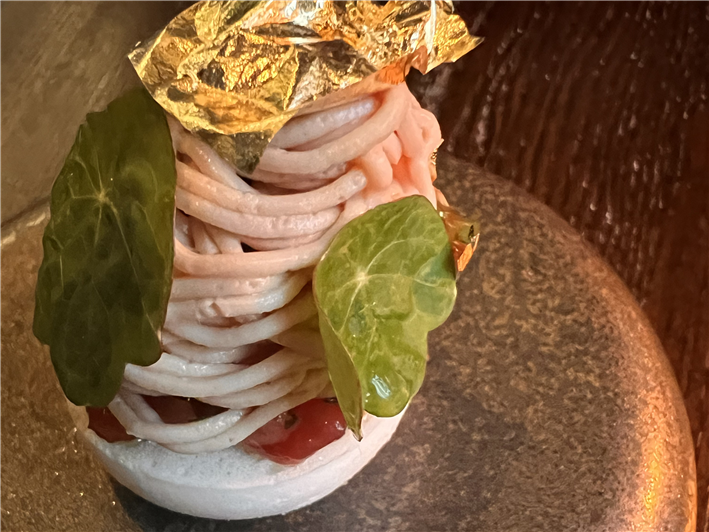


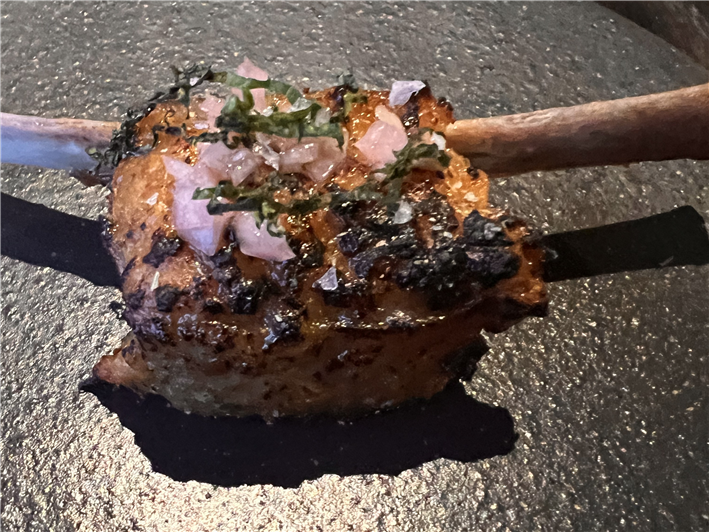
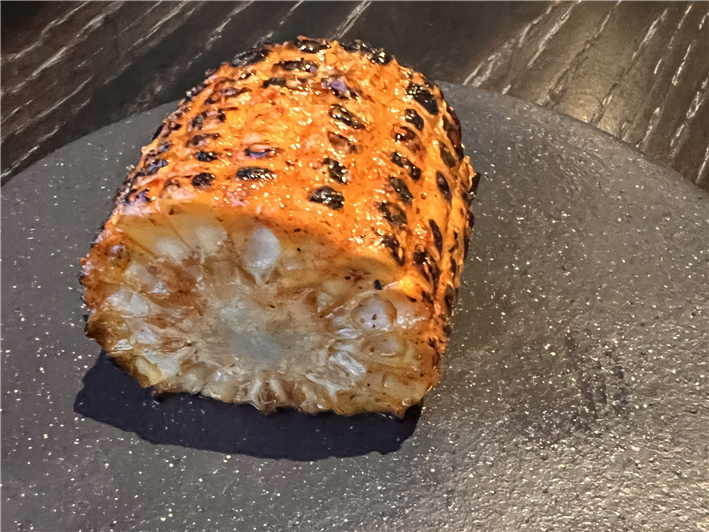
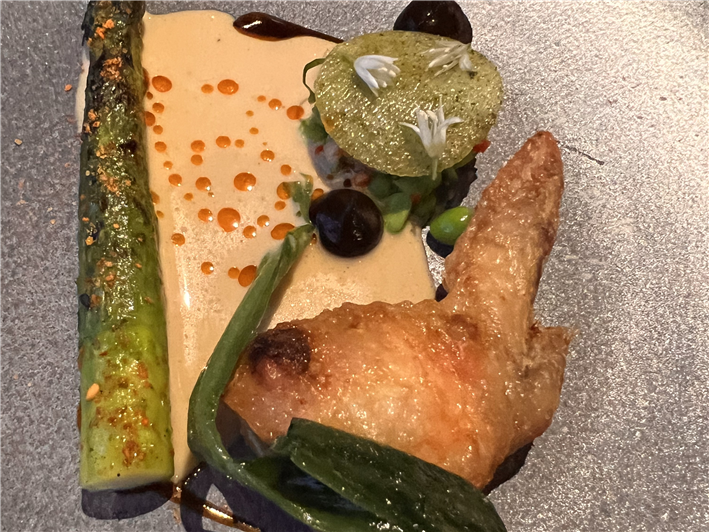
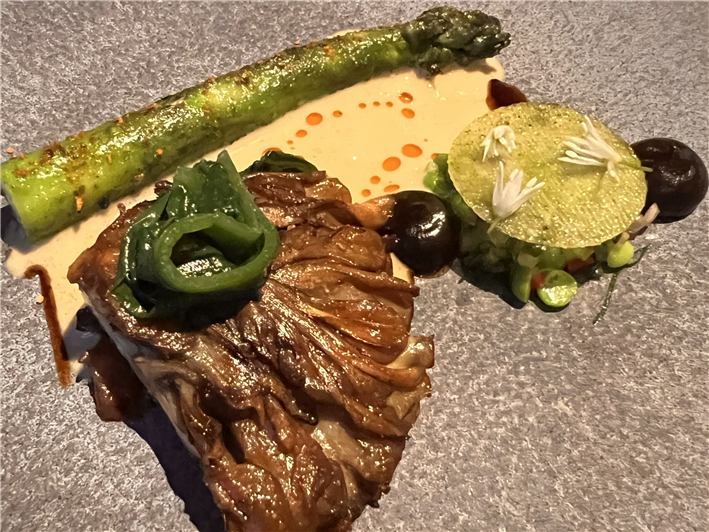
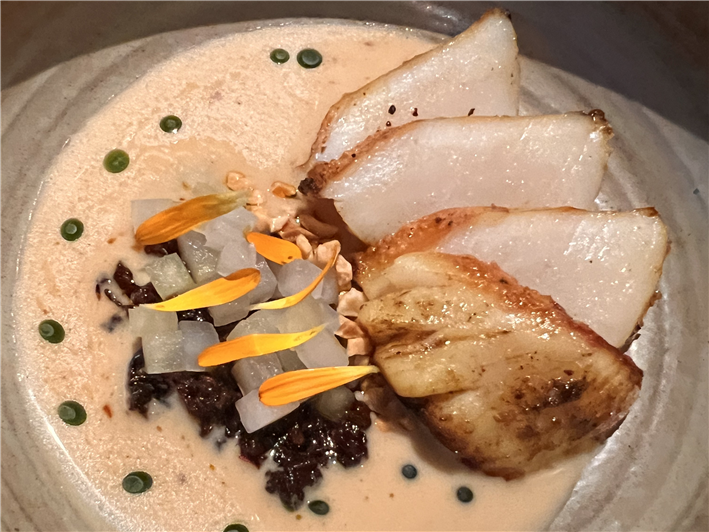

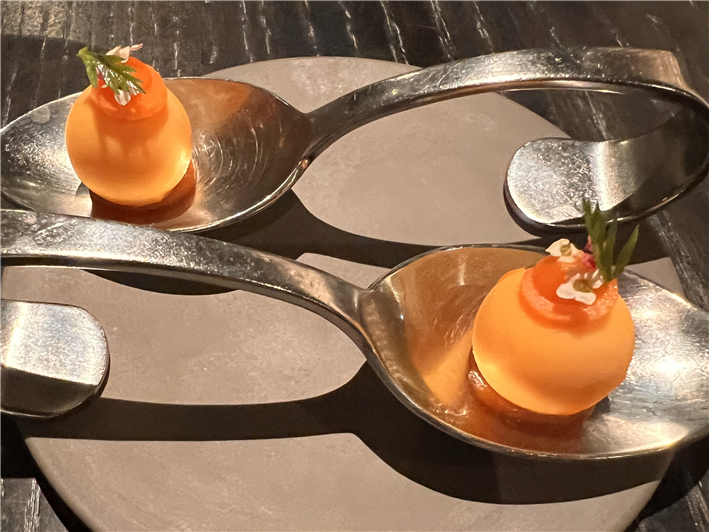
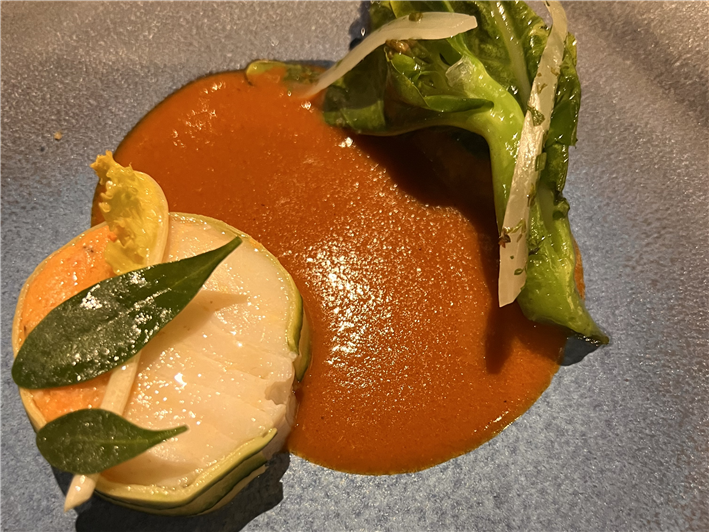
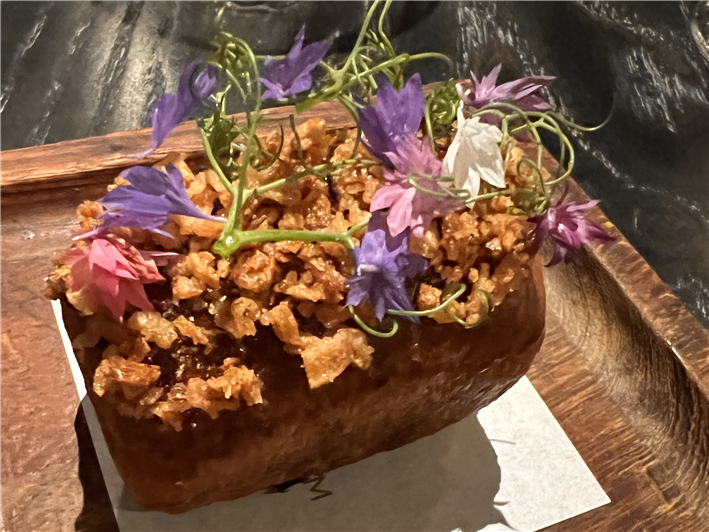
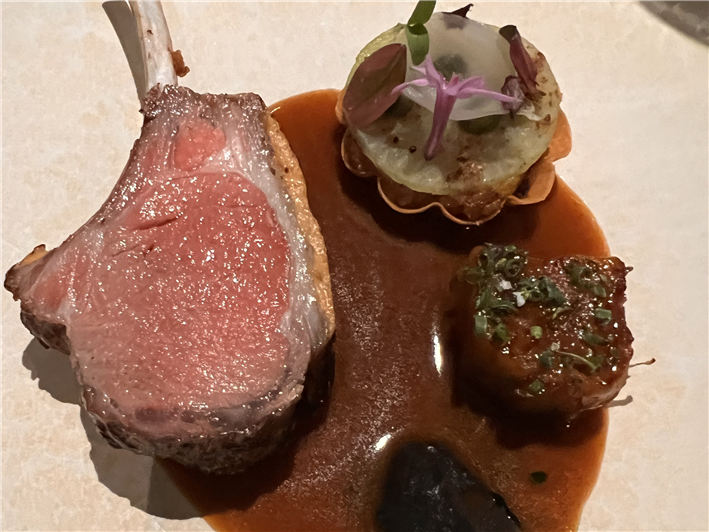
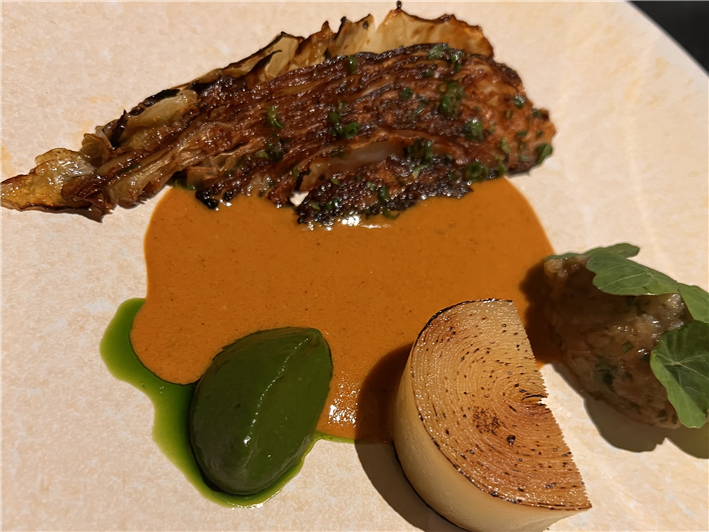
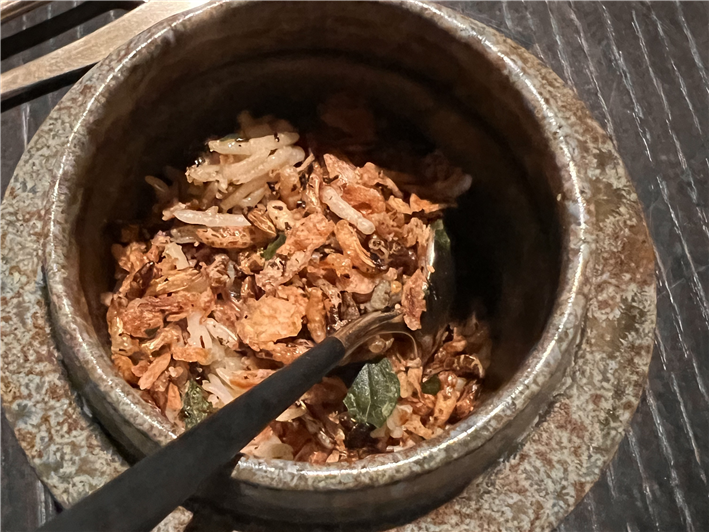
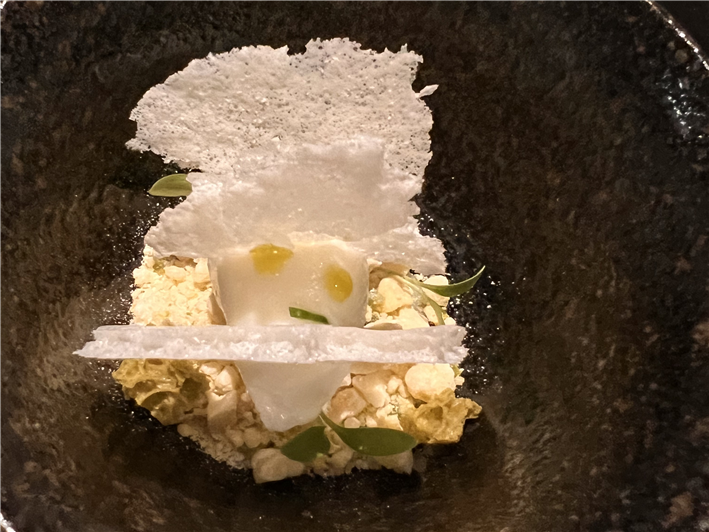

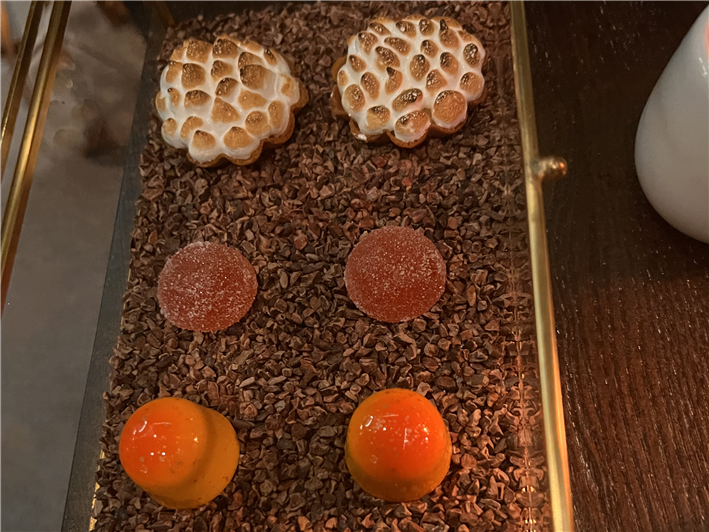

Add a comment
Thank you for submitting your comment, this will be checked and added to the website very soon.
User comments